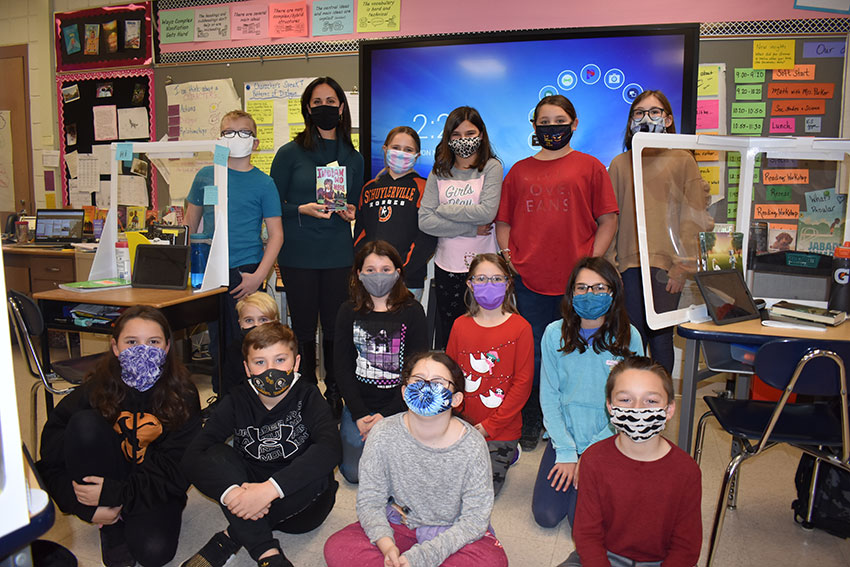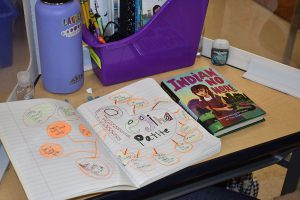
At first glance, it’s just an ordinary assignment. Krista Senatore’s fifth grade students are reading “Indian No More,” a book where a ten-year-old girl struggles to understand her identity as an Indian, far from tribal lands. However, for several weeks, the students have been reading alongside 23 of their peers–peers from Calgary, Canada.

It’s an initiative known as Global Read Aloud, which since its inception in 2010, has had millions of students participate. Each year, during a six week period, teachers choose a book to read aloud and encourage their students to make as many global connections as possible. While reading this year’s selection, Ms. Senatore’s students sketchnote by recording their thoughts through illustrations. The students then upload their sketchnotes to a digital platform they share with Senora Waingort’s students in Canada, their partners in the Global Read Aloud.
“All of Senora Waingort’s students are bilingual,” said Senatore. “So not only do my students get to discuss things like cultural identity and who we are, but they’re doing it with students who have different perspectives than they do.”
“It’s cool to see how they think, how they speak, how they act, and how they do things compared to how we do things,” said student Bree Thornhill. “We’re mashing it together and making a project out of it.”
“We are all gathering ideas and connecting the dots,” added student Lauren Randolph.
Through the years, Senatore has participated in Global Read Aloud with several of her fifth grade classes. She says her students have loved getting to know other students across the globe, and it often leads to letter writing and long-term correspondence. This year, she has focused helping students learn how to talk through a new digital format, but the premise remains the same.
“The students are getting a more worldly perspective on things,” said Senatore. “We can all read the same text, but we can also bring different information and insights to it.”